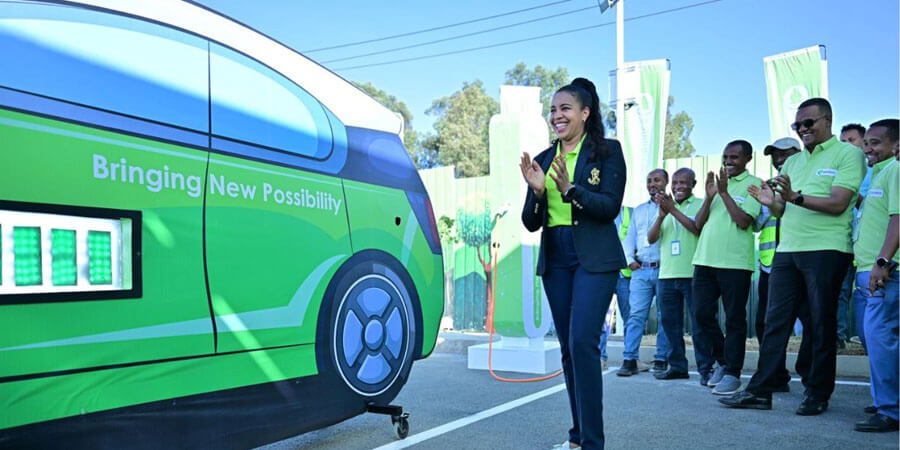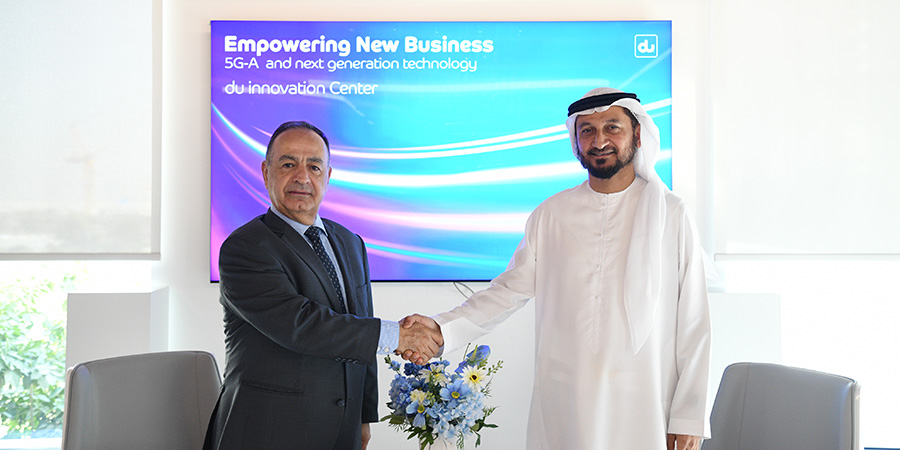South Korean researchers from Seoul National University of Science and Technology have developed a transport drone, dubbed "Palletrone," featuring multiple flexible rotors that self-correct to maintain level flight. This drone acts as a "flying shopping cart," capable of carrying goods over uneven terrain, such as stairs.
The prototype includes a cargo platform controlled by a user, who guides the drone. The drone can move objects up and down stairs and uses a “center of mass estimation” algorithm to hover and maintain balance.
The drone employs a physical human-robot interaction technique, allowing it to respond smoothly to human movements and intentions, according to Professor Lee Seung-Jae.
While the prototype can navigate steps, the team's broader aim is to explore applications that require reliable horizontal stability in drones without pitching or rolling, making the Palletrone more than just a shopping cart alternative.










































